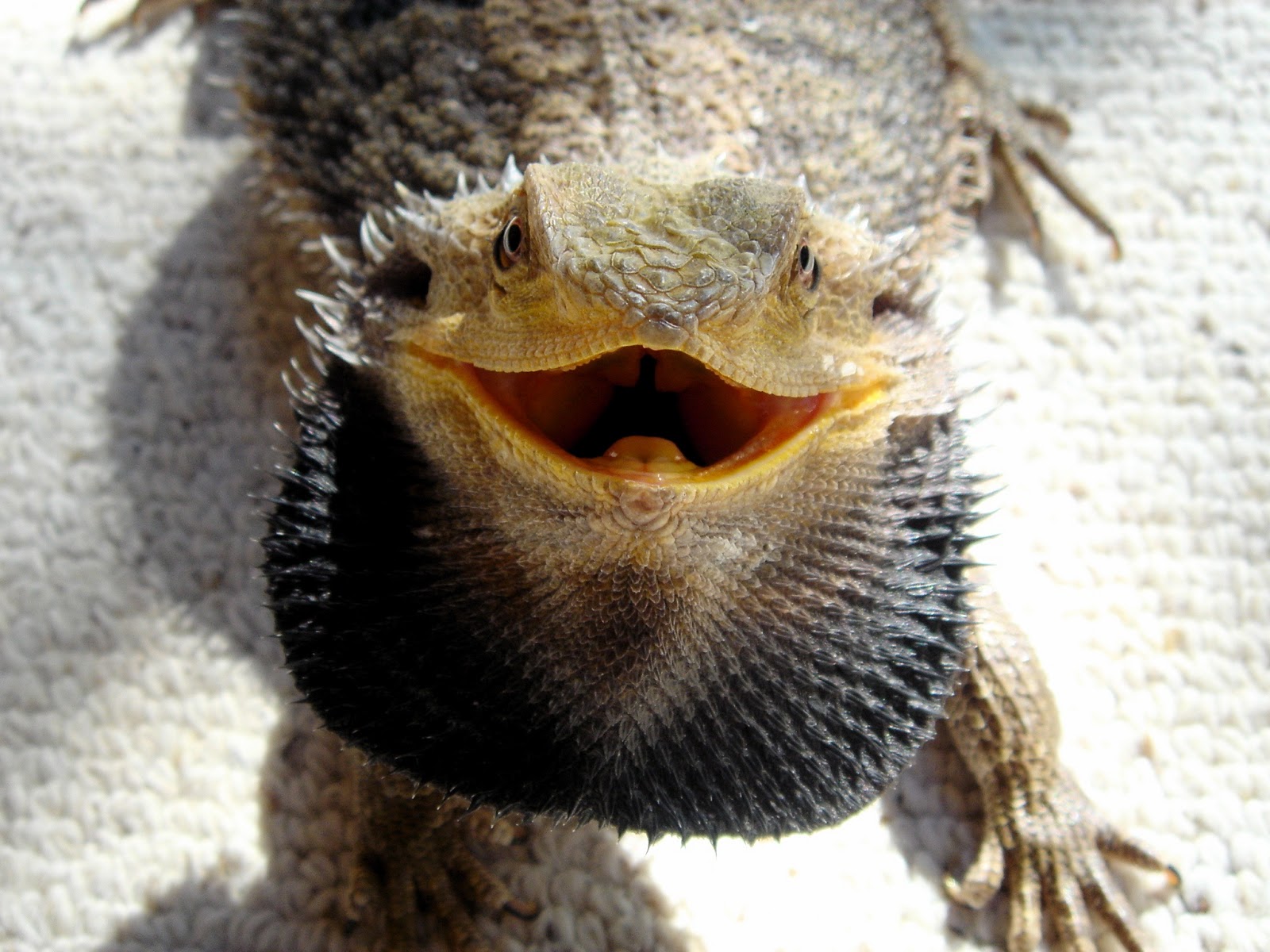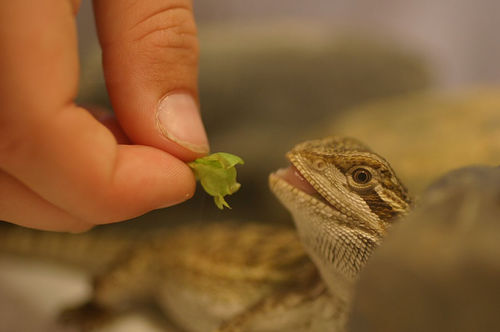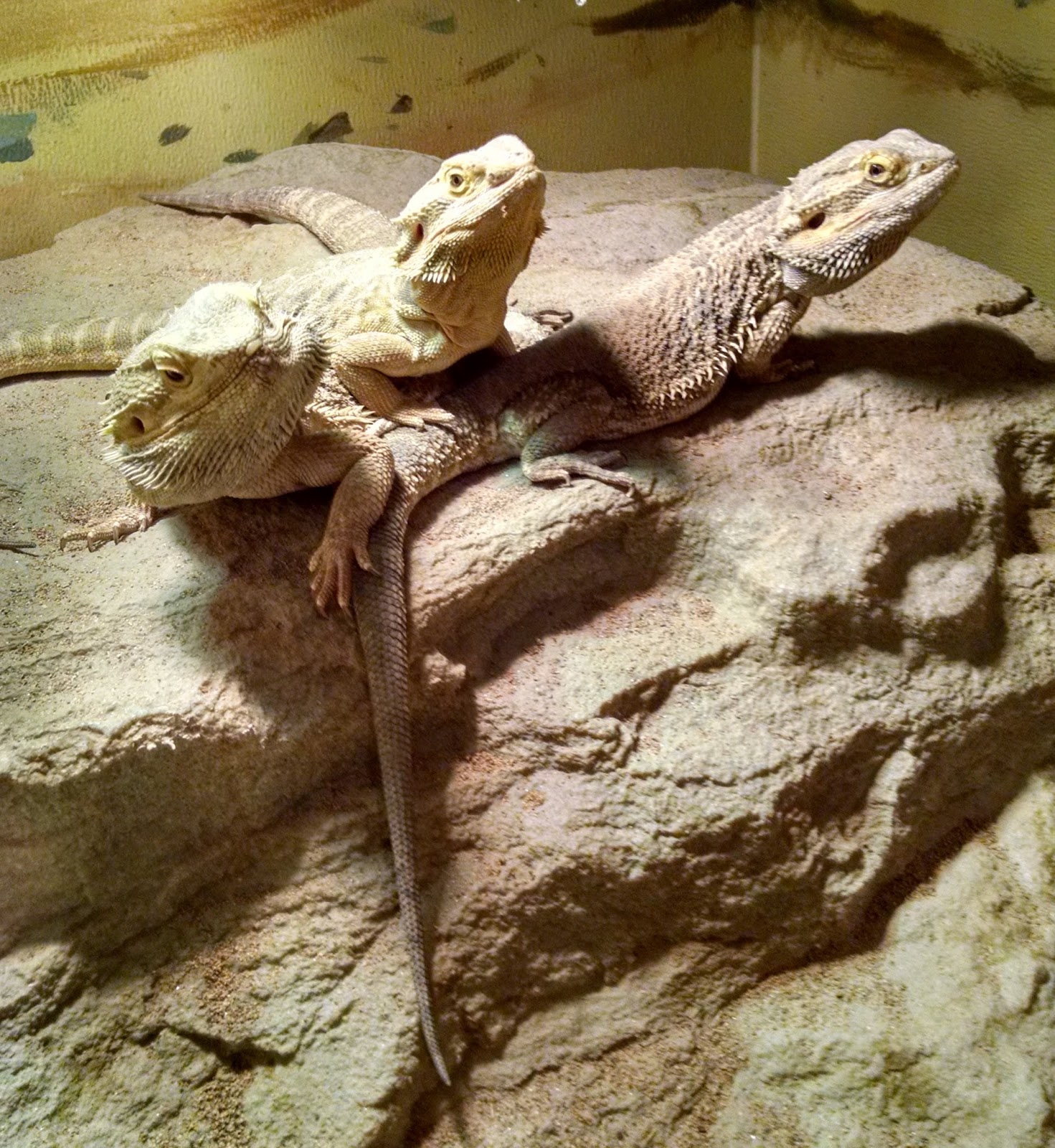Everything You Need to Know About Bearded Dragon Viv: A Beginner's Guide
What is a Bearded Dragon Viv?
Bearded dragons are a popular pet reptile with distinctive characteristics that make them unique. They are docile and friendly creatures that require minimal upkeep as pets. A bearded dragon vivarium (also referred to as a viv) is an enclosure designed to replicate the bearded dragon’s natural habitat, ensuring that they are happy and healthy.
Choosing the right viv can be overwhelming and confusing for beginners. However, the most crucial factor to consider is the size of the bearded dragon. As a thumb rule, the viv should be at least twice the size of the dragon’s length to enable optimum movement and a comfortable habitat.
Types of Bearded Dragon Viv
There are several types of vivs available in pet stores and online. However, the most commonly used types include glass, wooden, and melamine vivs. Each type comes with its unique advantages and disadvantages, and the choice you make may depend on your specific requirements and budget.
Setting Up a Bearded Dragon Viv
Before introducing your bearded dragon to its new home, you must set up the vivarium correctly. A correctly set up viv will have the following:
- Heat lamp and UVB light to replicate the natural habitat and warm the bearded dragon
- Water and feeding dishes that are easy to clean and change
- A substrate for the bearded dragon to burrow and stay warm
- Basking spots and hiding spots for the bearded dragon to regulate their temperature and de-stress
- A thermometer and hygrometer to monitor temperature levels and humidity levels respectively
It’s important to ensure the vivarium is at 100-degree Fahrenheit at one end and 80-85 degrees Fahrenheit on the other, with a humidity level of 30 to 40 percent. Keep the bearded dragon’s viv out of direct sunlight, as it can cause overheating, resulting in health complications.
Feeding and Care of Bearded Dragon Viv
Bearded dragons are primarily herbivores and eat greens, fruits, and vegetables. They also require protein, which can be supplied through insects such as crickets and mealworms. It’s crucial to only feed your bearded dragon appropriate-sized insects and not overfeed them as it can lead to health issues.
Clean the water and feeding dishes daily to prevent bacteria growth and keep the vivarium hygienic. Similarly, clean the substrate occasionally and replace it entirely every six months or so.
Common Health Problems with Bearded Dragons
Despite being low maintenance pets, bearded dragons can suffer from health issues if their vivarium is not set up correctly or if they have a pre-existing health condition. The most common health problems include:
- Metabolic bone disease from a lack of calcium and Vitamin D3
- Injuries due to falls or accidents
- Gastrointestinal issues from obesity or improper diet
- Respiratory infections from low temperatures or damp substrate
- Parasites and mites from contaminated insects or vivarium
In conclusion, a bearded dragon viv can be a fascinating and rewarding experience for beginner pet owners. With the right setup and care, these creatures can thrive and become happy and playful pets. Remember, always research and consult with an expert before making any significant adjustments to a vivarium to ensure your bearded dragon remains safe and healthy.








